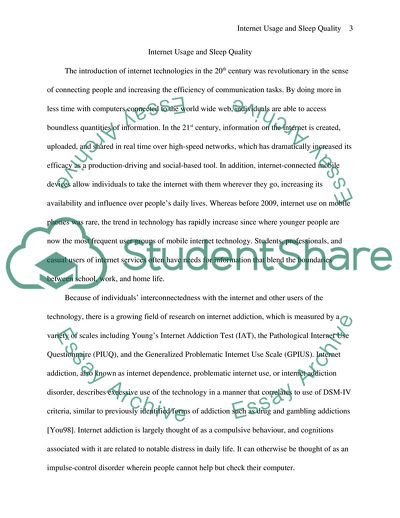Cite this document
(Internet Usage and Sleep Quality Lab Report Example | Topics and Well Written Essays - 3500 words, n.d.)
Internet Usage and Sleep Quality Lab Report Example | Topics and Well Written Essays - 3500 words. https://studentshare.org/health-sciences-medicine/1820343-internet-usage-and-sleep-quality
Internet Usage and Sleep Quality Lab Report Example | Topics and Well Written Essays - 3500 words. https://studentshare.org/health-sciences-medicine/1820343-internet-usage-and-sleep-quality
(Internet Usage and Sleep Quality Lab Report Example | Topics and Well Written Essays - 3500 Words)
Internet Usage and Sleep Quality Lab Report Example | Topics and Well Written Essays - 3500 Words. https://studentshare.org/health-sciences-medicine/1820343-internet-usage-and-sleep-quality.
Internet Usage and Sleep Quality Lab Report Example | Topics and Well Written Essays - 3500 Words. https://studentshare.org/health-sciences-medicine/1820343-internet-usage-and-sleep-quality.
“Internet Usage and Sleep Quality Lab Report Example | Topics and Well Written Essays - 3500 Words”. https://studentshare.org/health-sciences-medicine/1820343-internet-usage-and-sleep-quality.


